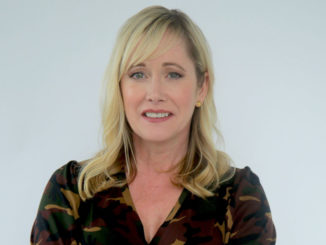I recently visited Dollarama’s not-so-new location at 1531-33 Bayview Ave. It was my first time stepping into the discount store since it opened Jan. 2. Not being a Dollarama regular, I found out the hard way that it only accepts cash and debit — no credit cards. With only a Visa in hand, I was forced to wander home and pick up some cash.
Embarrassment aside, I returned shortly thereafter to complete my $4 transaction. Thankfully, the employee who had served me previously kindly put aside my items so I didn’t have to retrieve them from the shelves.
Open for more than five months now, it seems Canada’s dollar-store champions have settled into the Bayview shopping strip. Writing about investments as I do, I thought it would be a useful exercise to find out what I could about Dollarama’s experience so far.
Has its Bayview store met expectations, financially, and otherwise? I reached out to both Jennifer, the store manager, and then to company representative Lyla Radmanovich to find out.
The Bayview location is similar in size to the average Dollarama, which is 9,820 square feet, generating $2.5 million in revenue by the end of year two. On average it spends $700,000 opening a new store with $500,000 for construction costs and $200,000 in opening inventory. With a two-year payback on its investment, a Dollarama store generates approximately 16 cents in operating profit for each dollar of revenue.
Fifty-five percent of Dollarama’s revenue are products that retail for more than $1. Almost half its sales are general merchandise, like the staples and two notepads I bought on my visit; another 37 percent is candy and other consumables, with the remaining 14 percent from seasonal products like Halloween ones.
By utilizing a small part-time staff of 20, it’s able to keep its labour costs reasonably low. When combined with a gross margin that’s higher than many U.S. discount chains, it delivers industry-high profitability.
Given the low-cost nature of its products, I felt obligated to ask Radmanovich about Dollarama’s suppliers. Specifically, I wanted to know if any of its products were made in Bangladesh where the Rana Plaza garment factory collapsed April 24 killing more than 1,100 people.
With Joe Fresh among the retailers producing product in the factory, it’s important that Canadian shoppers (including myself) understand where the product is made.
Dollarama sources 52 percent of its goods from overseas, mostly China, with 48 percent from North American vendors. It’s possible that some of the North American vendors source from Bangladesh and other low-wage countries, but I didn’t get that impression.
Since going public in October 2009, its stock has achieved a total return of 326 percent through May 7 compared to 8 percent for the S&P/TSX Composite Index. I’m sure there’s a Dollarama shareholder or two living in Leaside. If so, you’ve done very well on your investment.
While Dollarama company policy prohibits it from providing specific financial information regarding individual stores, Radmanovich stated that “… Customers have responded very positively to the compelling value of our product selection and the consistent shopping experience we offer – and yes, the store is quite busy, which is great! … It is performing very well, exceeding our expectations, and we are very pleased with this.”
With the typical Dollarama lease lasting 10 years with one or more five-year options, it’s safe to say that it will be a part of the Bayview shopping scene for many years to come.





